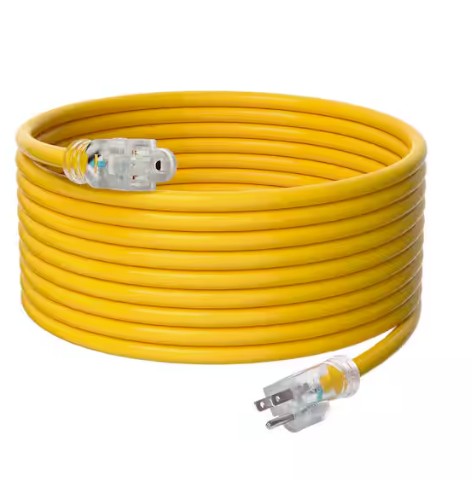How to hook a generator up to your house – straightforward tips from a master electrician to protect your home from outages
Keep your property powered even in extreme conditions
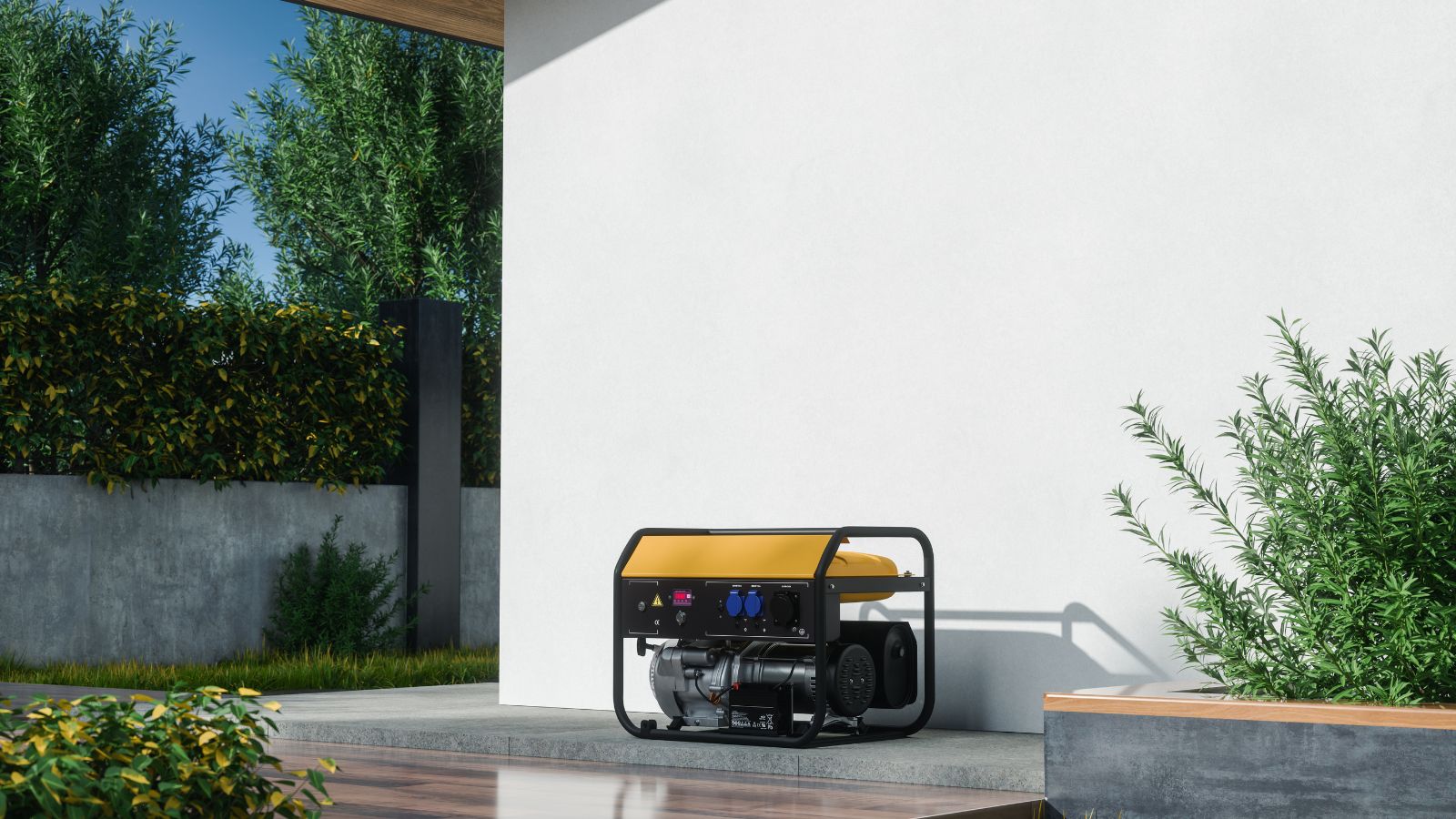

Chiana Dickson
When extreme weather, power surges, or grid-wide maintenance cuts you off, having a backup generator can be a lifesaver, providing essential power for heating, lighting, and cooking.
I'm a master electrician so I know the process of installing a generator isn’t always simple. Knowing how to do so safely and efficiently hook up a generator to your house is crucial to avoid dangerous mistakes so I will take you through the steps, allowing you to install one with confidence.
Whether you’re preparing your home for a power cut, or just want peace of mind, learning how to hook up an external power supply will help keep the lights on when it matters most.
How to hook a generator up to your house
Having a generator on hand is a must when preparing your home for a thunderstorm or a snowstorm, especially as studies show that extreme weather is becoming more common across the US.
How you hook up a generator to your home will depend on the type of generator you choose:
- Portable generators can usually be installed yourself so long as you follow adequate safety precautions. However, it is worth mentioning that many portable generators can also be used to power appliances directly without connecting the generator to the home, cutting out the need to work with electricity completely. This is often safer for homeowners without an electrician background.
- A standby generator is a household project you should not DIY – hire a professional electrician. They will install the generator and a transfer switch. An automatic transfer switch detects power outages and automatically switches to generator power. Standby generators typically run on natural gas, propane, or diesel. The electrician will ensure a proper connection. The standby generator should be tested regularly to ensure it powers essential circuits properly during outages, including helping to heat a home when the power is out.
1. Prepare the space
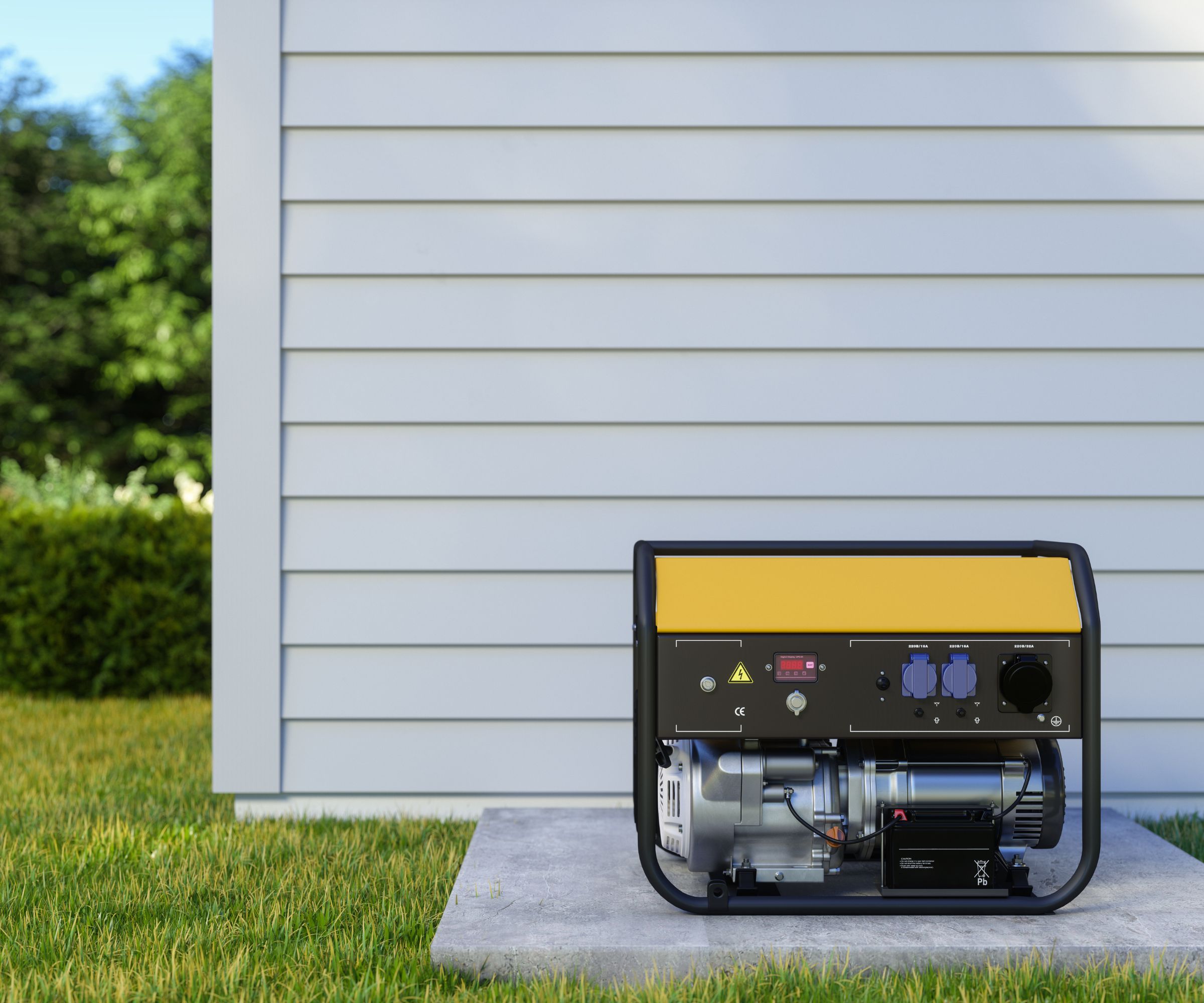
Portable generators that run on gasoline and other fuels should be kept at least 20 feet from the home and have plenty of ventilation to prevent carbon monoxide poisoning. They're a great way to make your home emergency ready.
Turn off the power to the main breaker to prevent back feeding into the grid.
Design expertise in your inbox – from inspiring decorating ideas and beautiful celebrity homes to practical gardening advice and shopping round-ups.
2. Use a transfer switch
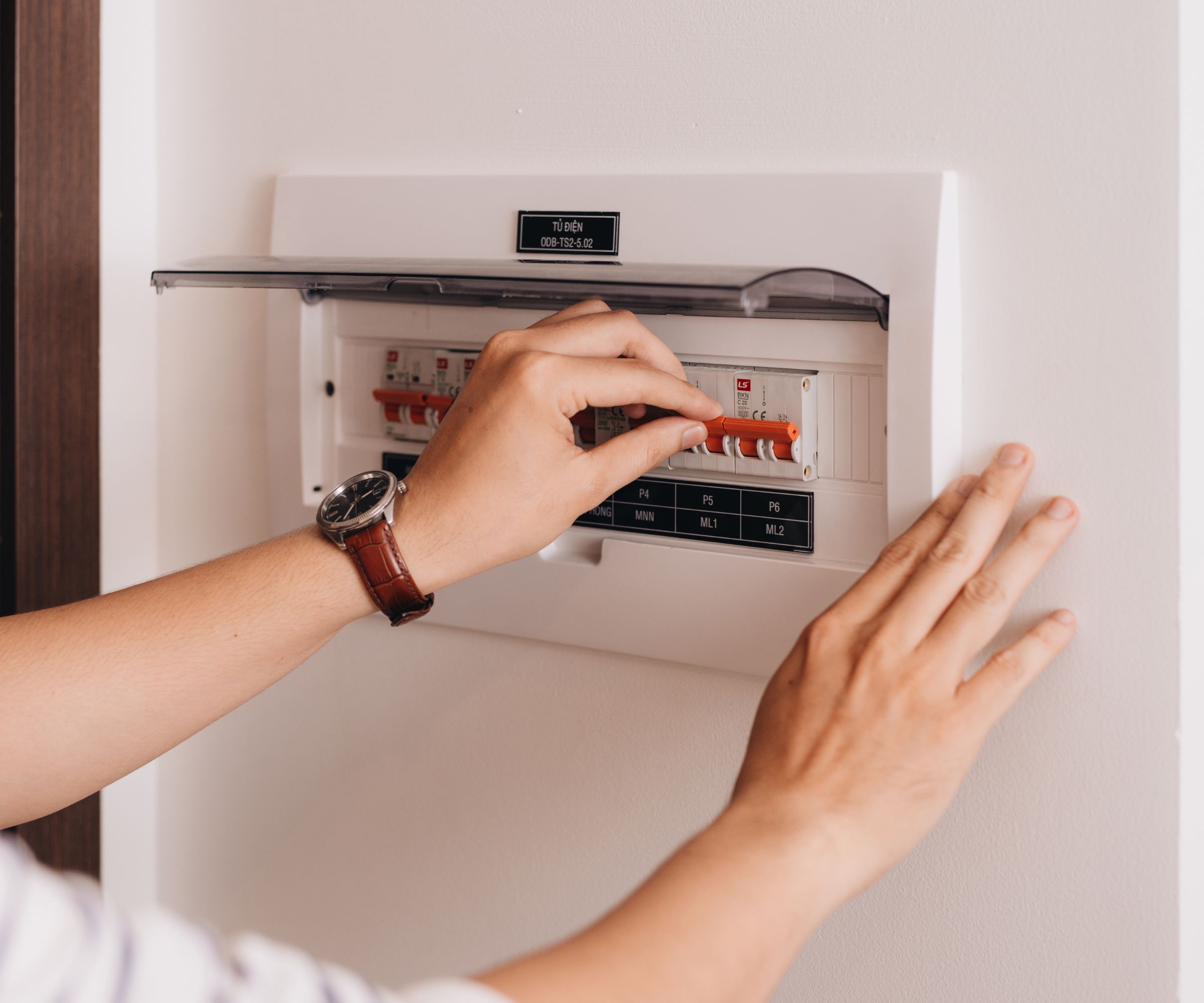
A transfer switch is a device that allows you to safely switch the power source your home is using from the utility grid to the generator in the event of a power outage, controlling each circuit individually, such as your heating or lighting systems.
A manual transfer switch is the safest option. These are best installed by a professional electrician and can generally cost between $1,200 to $1,600 depending on the work and supplies needed. Generally, you will only be able to power a few circuits at a time using a generator, but it will be enough to winterize your house and prepare for emergencies.
When running a portable generator, homeowners will also need to ensure they have fuel and heavy-duty extension cords that are rated for generator use. 'Gen cords', also known as generator power cords, are a heavy-duty cable that connect a generator to an appliance or inlet box and are designed to withstand outdoor conditions.
It’s important to understand what electrical load the generator can handle, too, to avoid overloading the generator and optimize fuel efficiency. Overloading a generator is a common fire risk in your home, and is easily avoided by familiarizing yourself with the manual, front-to-back.
3. Connect the generator
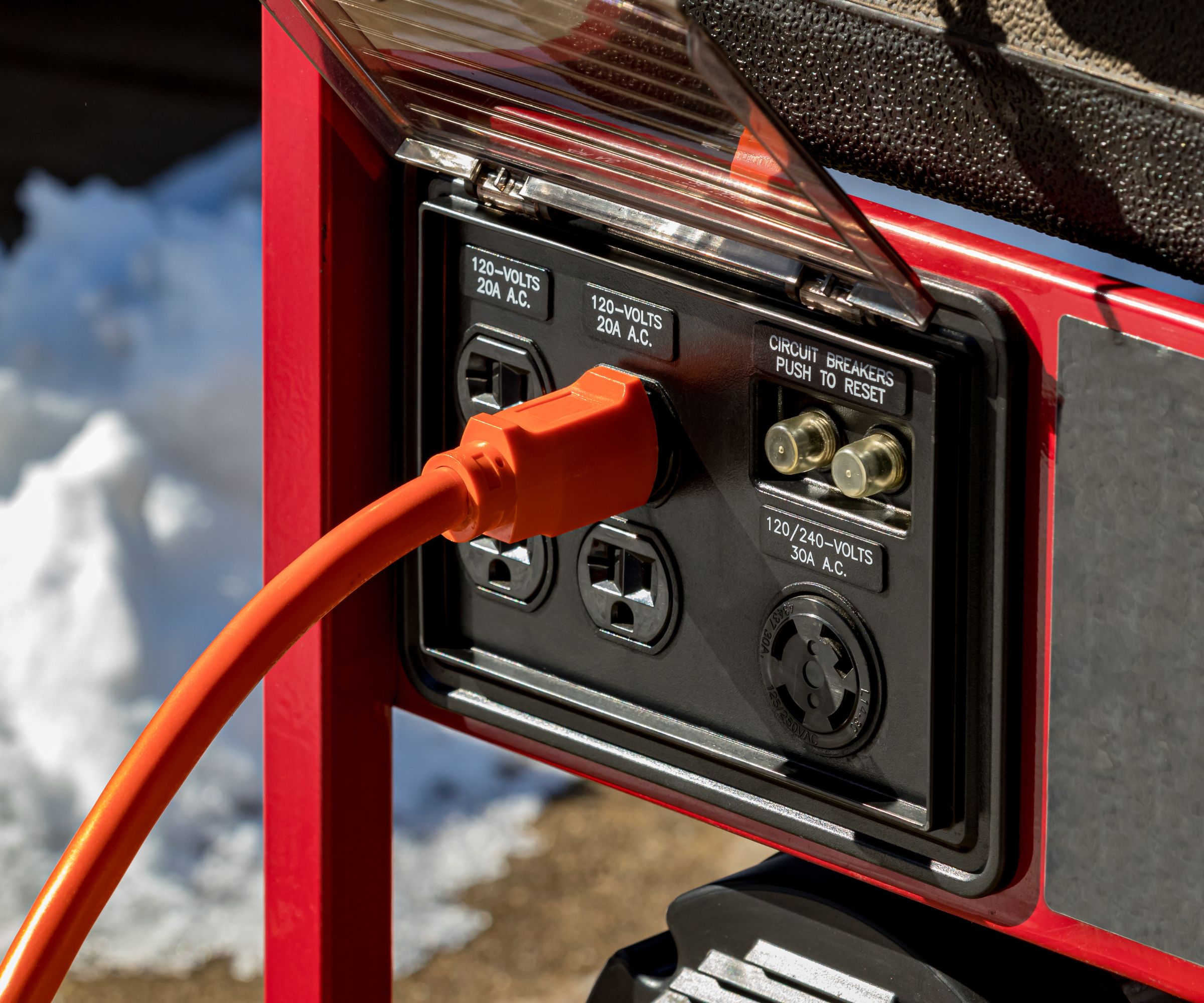
No matter what portable generator you are using, it is important to follow the exact instructions in the manual as each make and model will differ slightly from one another.
When using a transfer switch, the process usually involves running a gen cord from the switch outlet to the generator before starting up the generator.
4. Allow it to run before plugging things in
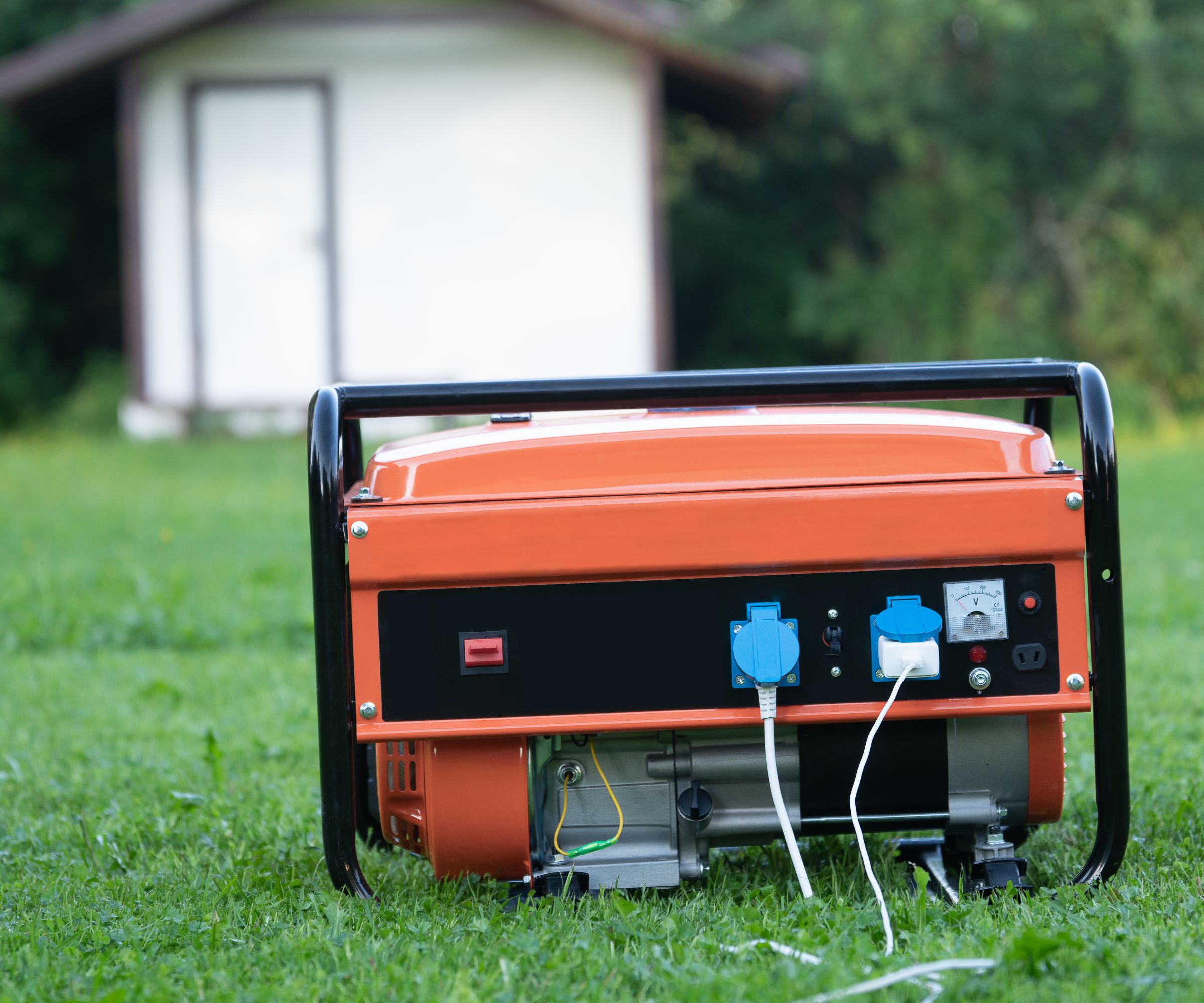
Start the generator and let it stabilize. Allow the generator to run for a few minutes before connecting any additional appliances.
Plug in a small appliance to confirm power output. Homeowners should check for a smooth operation and listen for unusual noises and proper voltage output.
If a transfer switch is being used, switch your chosen circuits one at a time to test the connection. Ensure appliances are plugged in one at a time to prevent overloading.
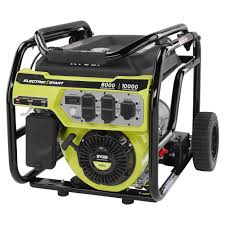
This smaller generator is ideal for smaller tasks, rather than hooking up your home. An Automatic Voltage Regulator ensures reliable and consistent power while preventing damage to the generator and the devices plugged into it.
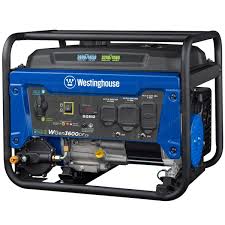
The WGen11500TFc is a tri-fuel generator that operates on gasoline, propane (LPG), or natural gas to keep your home powered for up to 19 hours on a 9.5 gallon gas tank.
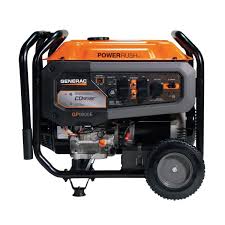
From emergency home backup to DIY projects to the jobsite, the Generac GP18000EFI portable generator provides high-wattage, dependable portable power.
Meet our expert

Joel Worthington is the President of Mr. Electric, a Neighborly company. His focus on strategic initiatives has led to the development of new sales, customer service, and training systems within Mr. Electric.
FAQs
Do you have to turn off your main breaker when using a generator?
For safety, it is best to switch your main breaker off before using your generator. This prevents overloading the wiring in your home, which can cause a fire, and avoids back feeding, where electricity can flow back into utility lines, endangering you and any power workers.
What size portable generator is needed to power a house?
The size of the portable generator needed to power a house will depend on the size of your home and your power requirements. Generally, a generator that provides between 5,000 and 8,000 watts should be enough for important systems such as heating and most lights to keep safe in a power outage.
This small home upgrade can boost your home value, especially as more people look to future-proof their houses against a rapidly changing climate. As such, it is not a project you should skimp on – it is more than worth hiring a professional to tackle the hardest and most technical parts of the process to keep your home safe.

Joel Worthington is the President of Mr. Electric, a Neighborly company. His background includes a successful tenure as a franchise developer, consultant, and VP, making him a trusted expert on the evolving needs of the electrical services industry. His focus on strategic initiatives has led to the development of new sales, customer service, and training systems within Mr. Electric.
- Chiana DicksonContent Editor
You must confirm your public display name before commenting
Please logout and then login again, you will then be prompted to enter your display name.
